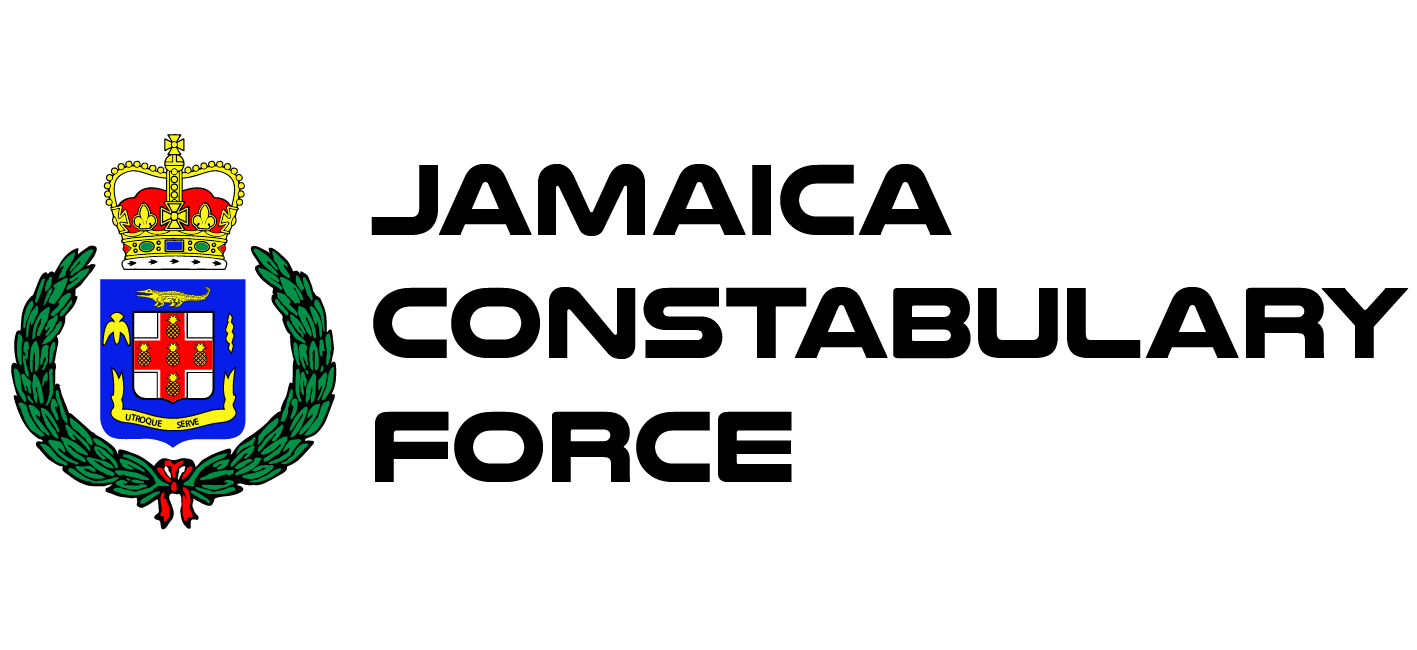Preserving and Collecting Evidence
The Jamaica Constabulary Force Scenes of Crime Unit boasts five centralized scenes of crime hubs, nine decentralized sub-hubs, one Major Investigation Division and ten mobile labs, specifically designed and dedicated to crime scene processing.
With more than 150 trained Forensic Crime Scene Investigators (FCSIs), the unit has a responsibility to examine, photograph, process and collect biological evidence at crime scenes islandwide.
Crime scene investigators, unlike forensic scientists who conduct tests on physical evidence within a forensic laboratory, are the on-the-scene professionals who are called to the scene of a crime to ensure that all physical evidence is properly collected, preserved and documented according to a strict code of standards. These investigative professionals also ensure that all physical evidence is packaged and transported to a forensic laboratory.
A crime scene investigator, at the scene of a crime, may:
- Work with law enforcement to identify, isolate and secure the crime scene
- Work with law enforcement to establish a restricted perimeter around the crime scene as to not compromise evidence
- Work with law enforcement to define a clear set of restrictions regarding nonessential personnel and investigative personnel
- Preserve, collect and record impressions, including toolmarks, footprints, tire marks, bite marks, and fingerprints
- Collect DNA evidence, including blood, semen, hair, skin, blood stain patterns, bodily fluids and nails
- Collect trace evidence, including gunshot residue, fibers, accelerant, paint, glass, etc.
- Collect firearms evidence, including weapons, spent casings, bullet fragments, cartridges, and gun powder patterns
Throughout a crime scene investigation, CSI professionals must ensure that:
- All laws are followed
- The crime scene and all collected evidence are properly documented
- Evidence is processed in an expeditious manner
- Evidence is processed without compromising it
- Proper methods and techniques for evidence recovery are followed
- All equipment and resources are properly used
- All evidence is properly handled, packaged and transported
- All physical evidence is recovered
- Safety precautions are followed
The Crime Scene Approach
Regardless of the specific job of the crime scene investigator, all CSI professionals at the scene of a crime must adhere to the same set of regulations and the same protocol, which generally includes:
- Scene RecognitionThe initial phase of a crime scene investigation involves identifying and recognizing the scene and the physical evidence to be collected. A crime scene leader is generally responsible for this initial, organizational phase, which involves approaching the search using an organized method or pattern. This may mean identifying the number of CSI professionals on the scene, the size of the area, and the extent of the crime scene. Recognizing the scene and the physical evidence at the scene is crucial as to ensure that the evidence is not compromised in any way and that it can be identified, processed, and packaged in an organized fashion. This phase of the investigation also involves identifying the resources and equipment that may be needed and identifying and addressing any safety concerns or hazards.
- Scene DocumentationThe next phase involves documenting and processing the physical evidence. This is done through written notes, diagrams, reports, photographs, and sketches. This information must be comprehensive, accurate, and factual, as it may be used by forensic scientists in the laboratory, by law enforcement officials, and in a court of law.
- Evidence CollectionOnce the crime scene has been properly assessed and all information has been recorded, it is the job of the crime scene investigators to recover the physical evidence at the crime scene through a number of technical and scientific methods and procedures. Proper care must be taken at all times to ensure that the physical evidence is collected and preserved according to strict standards.
Duties
- Examine crime scenes
- Photograph crime scenes
- Processing crime scenes
- Collecting biological evidence
‘Eye’ for detail








